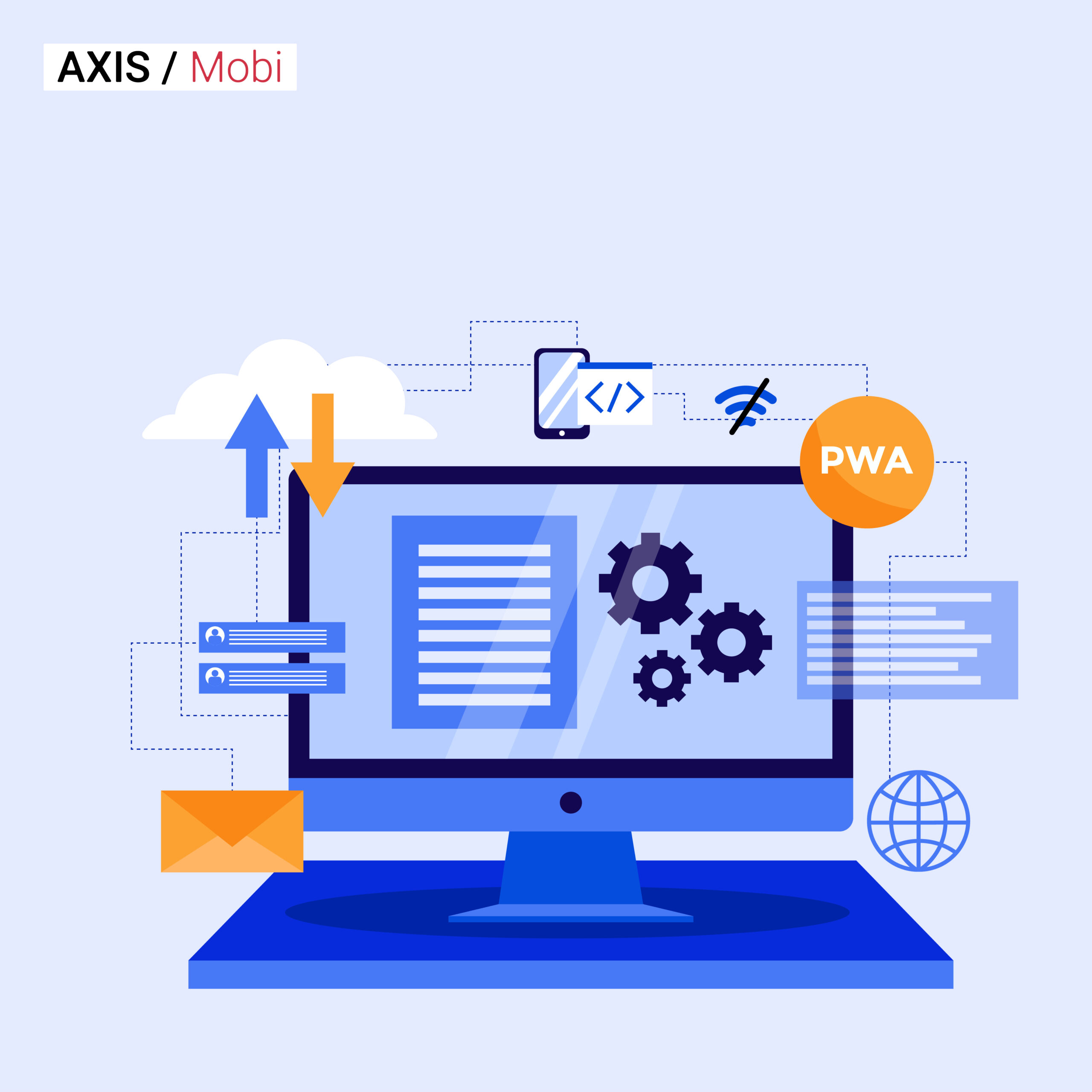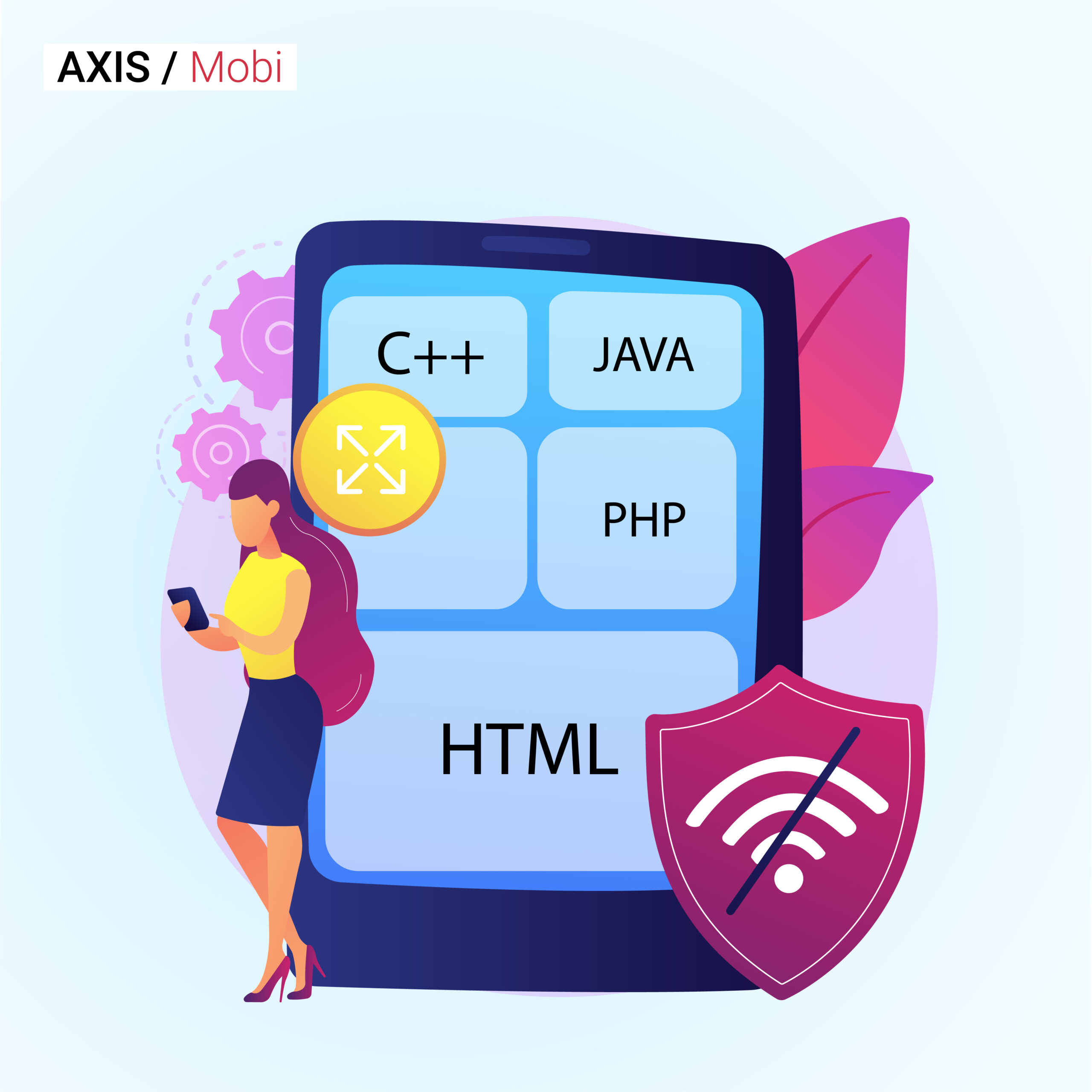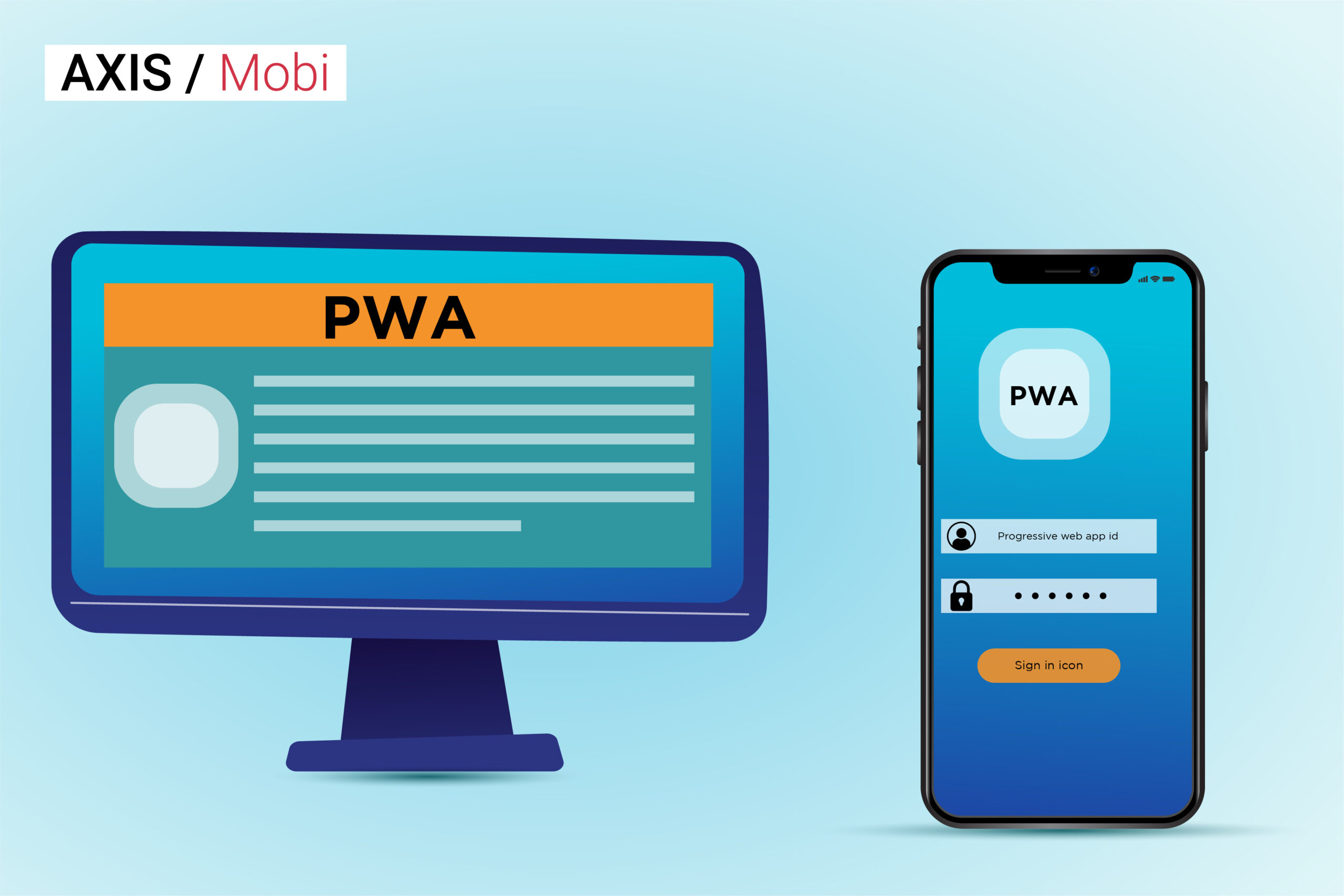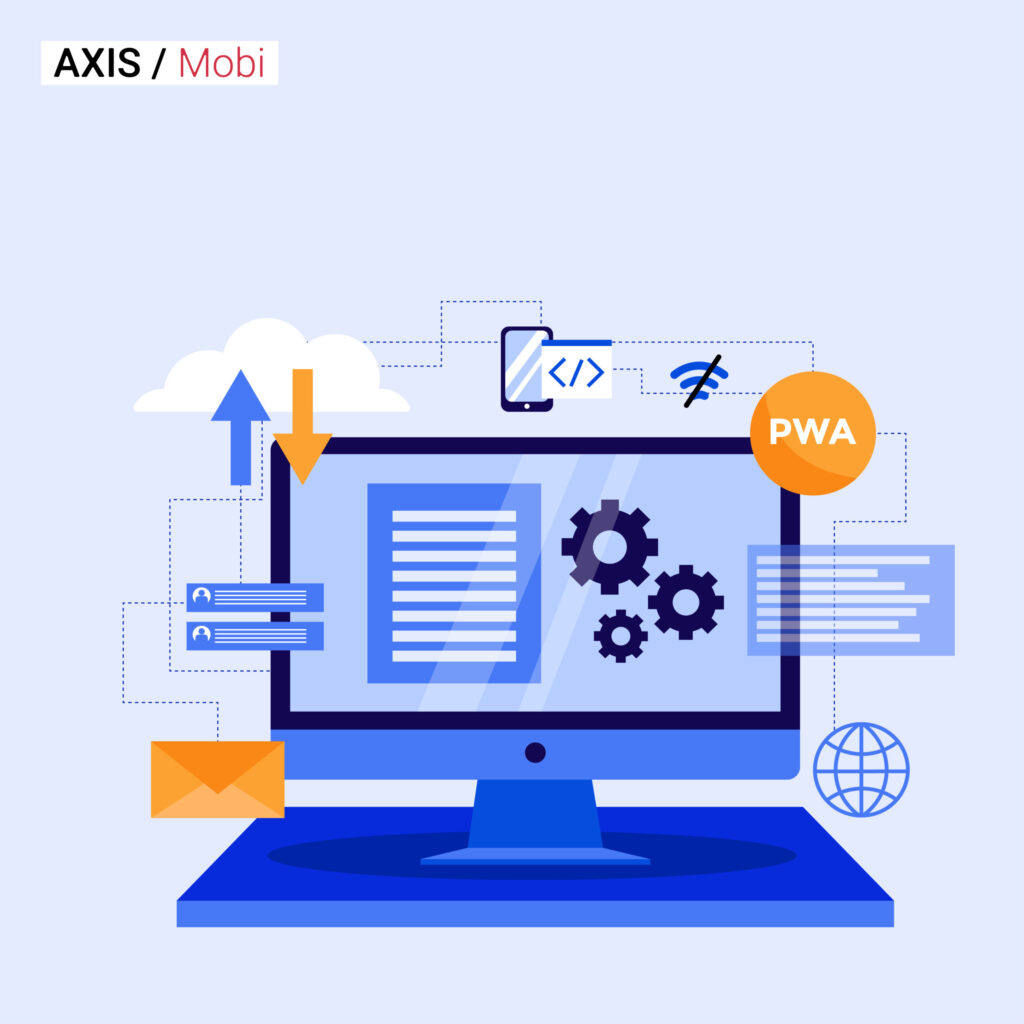From providing excellent mobile experience, low budget, and cross-platform functions, Progressive Web App or PWA provide all digital product solutions. Significant successful Progressive Web Application developments can be seen in big companies like Starbucks, Twitter, and Alibaba. It has a considerable impact on the Key Performance Indicators.
So, does it shows that native apps are off and progressive web apps are the future? Let’s find out.
What is Progressive Web Apps (PWA)?

These apps are created using web technologies like JavaScript, CSS, and HTML and accessed through browsers. There is no need to install them. Although native apps provide a more engaging user experience than mobile web, PWA closes the gap between app functionality and user experience. It can be added to the home screen, send a push notification, and provide offline use.
Why Progressive Web Apps?

Native apps use 90% of mobile phone screen time, but making a new app download by the customer becomes tough. PWA gives the customer access to an experience native app with the mobile web. Companies like BMW saw a 40% increase in the CTR( Click Through Rate) to the sales page, 50% mobile user, and 49% organic traffic. Similarly, Forbes experienced a 300% increase in scroll depth and 600% in readers completing articles.
Progressive Web App vs Mobile Web:
Progressive Web Apps do have an advantage over native apps and mobile web too. But still, there are some areas where the technology of the latter two has a more significant impact on the former one. Although, here are some benefits which outshine PWA and make it the future of the mobile web.

It is the most significant benefit for PWA users to use the data offline. Service Workers, which are used to cache data, runs on JavaScript files. When a user sends an HTTP request, the service worker checks if the device is connected to the internet or not and eventually reroute it to the cached version of the URL. But there is a drawback. It doesn’t provide all the functions offline. For example, if a user is to access the Starbuck Progressive Web Application, they can check the menu, add items to the cart, and select the order; but they can’t place the order offline. If the user still tries to access, It shows a custom error page.
Push Notification:

Like the native app, the service worker also allows push notification, which is a considerable advantage over the mobile web. According to a Google report, 58.9% of mobile users grant permission to Progressive Web Apps for push notification. As per the study of Localyrtics, push notification increases 35% of user engagement.
Improvement in User Experience:

The UX and UI of Progressive Web Apps are more intuitive than the mobile web because the average bounce rate of Progressive Web Application is 42.86% lower than the mobile web. The former are comparatively lighter and has high loading speed as they use service worker and pre-caching. The average loading time is 2.75 secs which is eight times faster than the average mobile landing page, which helps in improving SEO performance and organic search ranking.

Progressive Web Applications might universally replace responsive websites, as they are faster, provide a native app experience, provide push notification, be used offline mode, and quickly add to the home screen.
Progressive Web App is a powerful tool for companies with a digital economy and will give a competitive advantage to them.





Pingback: PWA: Future of Digital Product Solution | Intel...